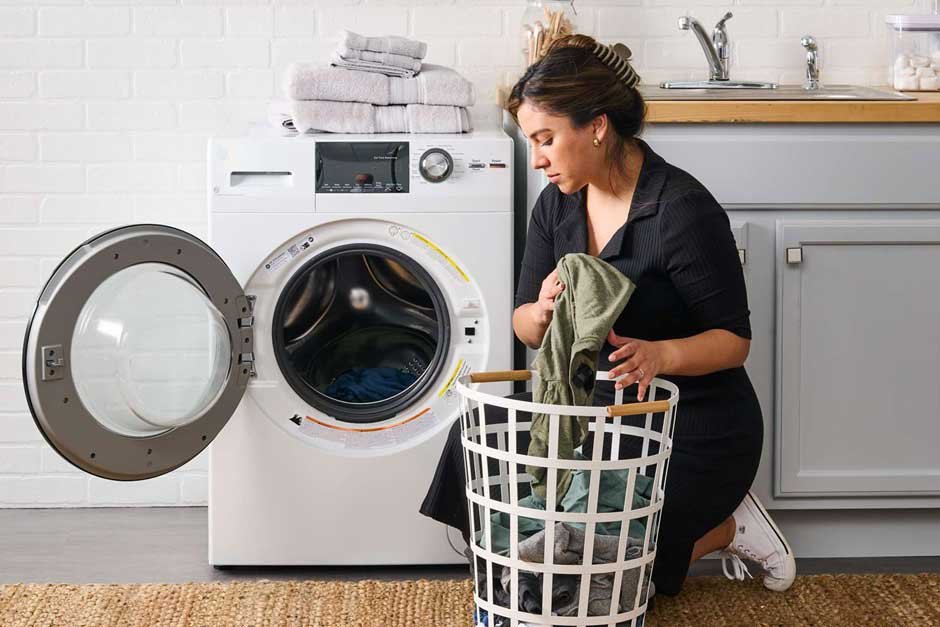Small dwellings like mobile homes, apartments, or condominiums often lack a room that can fit a washer and dryer or a dedicated laundry room. A portable dryer is the best option if you have little space in your home. They are available in different models, so you can get one that matches your needs and budget. Here is more information on the benefits of a portable dryer in your home:
What Is a Portable Clothes Dryer?
Portable electric dryers are similar to normal gas or electric dryers. They are a smaller version of regular dryers. The small size of a portable clothes dryer makes it easy to keep in a different room when no longer in use. They function by plugging them into a wall socket when you want to dry laundry.
Some portable electric dryers function like full-sized dryers. The electric current heats the metal coil to produce heat. A fan then blows the heat into the dryer causing the clothes to dry.
Some portable dryers also work by hanging wet clothes on the dryer. The wet clothes are surrounded by a tube or cover blowing warm air to dry them. There are also small travel options for a portable dryer. These options are made to dry shoes, gloves, or helmets, and are small enough to sit in your home or travel with you during your outdoor adventures.
Is a Portable Clothes Dryer a Good Option for Your Home?
A traditional dryer is only ideal for some homes. They use a vent, and installing one is only possible by altering the structure of the building or incurring higher costs. A great choice is to purchase a portable clothes dryer, which doesn’t need a vent to dry clothing effectively.
Most portable clothes dryers have a vent to combat excess dryer lint and heat. You can easily run the hose of the vent out of the window. But you can avoid doing so during winter as it provides extra heat. As you would with any dryer, clean the vent to counter any potential fire hazards. Do this regardless of whether you vent your dryer out a window or indoors.
Ventless portable dryers function well, and you can balance the humidity and temperature. The machine dries wet clothes gently and keeps them in excellent condition. Certain devices offer proper air circulation preventing the buildup of bacteria from wet clothing.
Smaller, portable dryers without a vent require less maintenance effort and usually cost less. Both portable ventless dryers and portable dryers with vents have advantages, and the option you choose will depend on your budget and needs.
Benefits of Portable Clothes Dryers
The small appliance is suitable for cramped homes and apartments. The portability makes the dryer useful for those who move often and want to bring it to their new homes. In all these instances, the machine eliminates trips to communal laundry facilities.
Other than saving space, portable clothes dryers can also help to save energy. Some function by spinning instead of using heat. While it may take longer to dry clothes, it uses less electricity than lowering the temperature in your apartment. The wet weather can prevent the air-drying laundry process. The clothes may take several days to dry without a portable dryer helping.
Drying clothes on a line or pole under the sun exposes them to odors, particles, smog, and dust. Sun exposure helps to disinfect laundry, but the rays can cause the clothes to fade over time. A dryer eliminates reliance on good weather by speeding up the drying process leaving you with fresh-smelling clothes. Other benefits include:
- No need to hire a professional to install the dryer since it’s portable.
- Take less space than a drying rack or traditional clothesline.
- Lower cost than a standard dryer
- Low carbon emission
Buy the Best Portable Dryer for Your Home
Today the world has become fast-paced, increasing the need for efficient solutions for everyday obligations. Although there are other options to dry your clothes, they may not be as effective as a portable dryer. Look for the right model that matches your budget and individual needs. Prioritize a portable clothes dryer with heat adjustment settings for the most efficient drying time and energy-saving capabilities.






